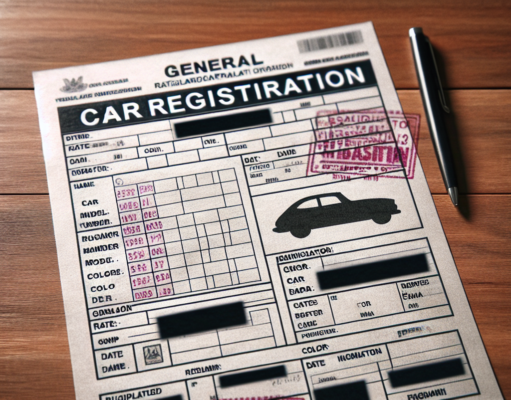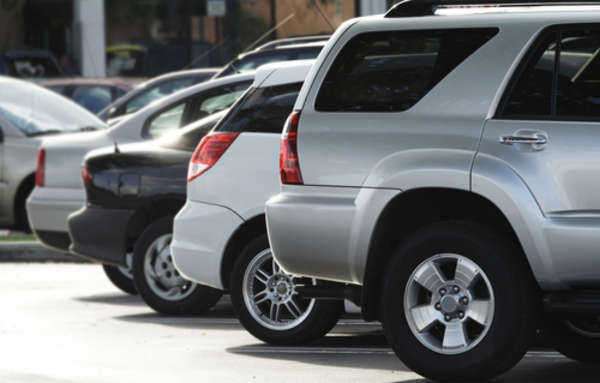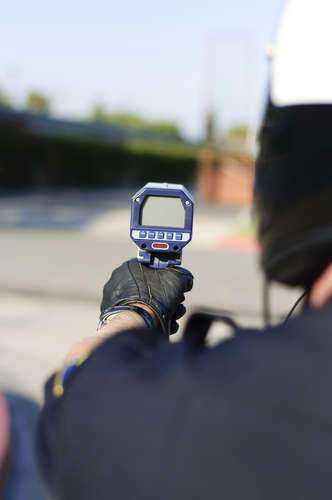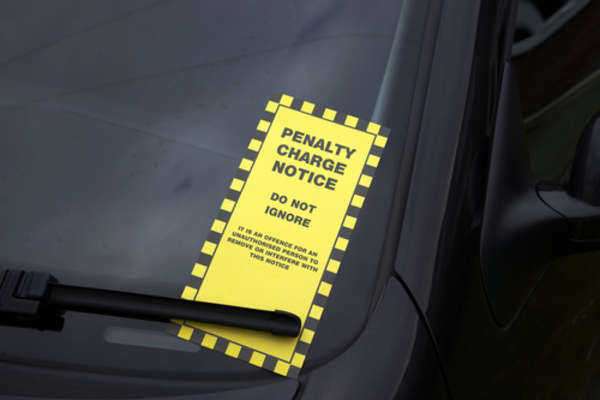Colorado Parking Laws

Colorado Parking Laws: Explained
Parking laws are different in almost every state. Colorado, being one of the most active states in the country, has very specific parking laws and regulations. Knowing all of the specific parking regulations in Colorado is important, especially if you frequently drive in the state. Here is a guide to Colorado parking laws, what you need to know, and how they have changed over the last ten years.
Generally, the parking regulations in Colorado are similar to many other states in the country. However, they are actively enforced, meaning that it’s important for drivers to understand the state’s parking rules. They are designed to ensure the safety of pedestrians and other drivers, smooth traffic operation, and maintain the aesthetic appeal of neighborhoods and streets.
General Parking Regulations
In Colorado, it’s important to be familiar with the general parking regulations that may seem obvious but frequently violate. For example, drivers cannot park their cars within fifteen feet of fire hydrants or intersections. Additionally, they cannot park in front of or within twenty feet of any driveway or entrance to a fire station.
Public streets that are non-residential also have specific time limits for parking a vehicle. Drivers must adhere to the posted time limit; otherwise, they can receive a parking ticket or be towed.
Moreover, in Colorado, it is illegal to park vehicles on unpaved locations like grass or dirt lots. The state has strict rules about parking on sidewalks and bike lanes too. It is illegal to park in these designated areas, and doing so can result in fines or even the vehicle being towed.
The state laws are predominant in Colorado when it comes to parking regulations. However, cities like Denver have separate and specific regulations. The city has complex parking laws regulating street parking, parking garages, and off-street parking.
How Colorado Parking Laws Have Changed in the Last Ten Years
Since 2011, significant changes have occurred to Colorado’s parking regulations. The changes have been made to improve traffic flow within cities, ensure pedestrian safety, and reduce the impact of parking on the environment. Here are some of the most significant changes:
-
Extended Non-residential Parking Time Limits
Several cities in Colorado, including Boulder and Denver, have extended non-residential parking time limits. Before these changes, most non-residential parking lots had a 2-hour limit for parking. Now, people can park for up to four hours, depending on the lot.
-
Pedestrian and Bicycle Safety
Colorado has intensified its pedestrian and bicycle safety measures through changes to parking regulations. One significant change is that drivers are now required to park their cars further from the crosswalks, and they must park in a way that doesn’t block the crosswalk. This regulation ensures the safety of pedestrians and bikers who are crossing the road.
-
Parking on Narrow Roads
Another change to parking laws in Colorado has been the addition of restrictions for parking on narrow roads. If a driver’s vehicle blocks a portion of the road, it can lead to an accident or make it difficult for emergency vehicles to pass through. This regulation mandates that drivers need to park at least two feet from a narrow road’s edge.
-
Parking and the Environment
It’s no secret that car emissions contribute significantly to air and environmental pollution. Colorado has introduced new parking regulations to reduce the impact of parking on the environment. Several cities within Colorado have implemented low-impact development regulations, requiring that parking lots are designed in such a way that they promote environmental sustainability.
-
Parking Garage Regulations
Colorado’s major cities have plenty of parking garages to accommodate drivers. As such, there are now specific regulations regarding parking garages. One of the most significant changes is that parking garages in Denver now must have a minimum of one electric vehicle charging station for every 50 spaces.
-
Transportation Network Companies
Transportation network companies (TNCs) such as Uber and Lyft have become increasingly prominent modes of transport in Colorado. In 2019, TNCs were required to have a valid permit from the state. Additionally, TNC drivers are required to adhere to specific parking regulations, including using designated pickup and drop-off areas.
-
Residential Parking Permits
Several cities within Colorado have established residential parking permit zones. These zones are enforced during specific times of the day, and they are designed to ensure residents have priority parking spots within their neighborhood. The permits are issued to residents and their guests, and they must be displayed on their vehicles.
Conclusion
Colorado parking laws are designed to keep pedestrians, drivers, and the environment safe. They are enforced, and drivers can expect to receive fines and even have their vehicles towed if they violate state or city regulations. Knowing all of the specific parking rules in Colorado is essential for drivers in the state to avoid unnecessary expenses. It is also important to keep up with any legal changes and updates since laws can change frequently, even within a few years.
________

















